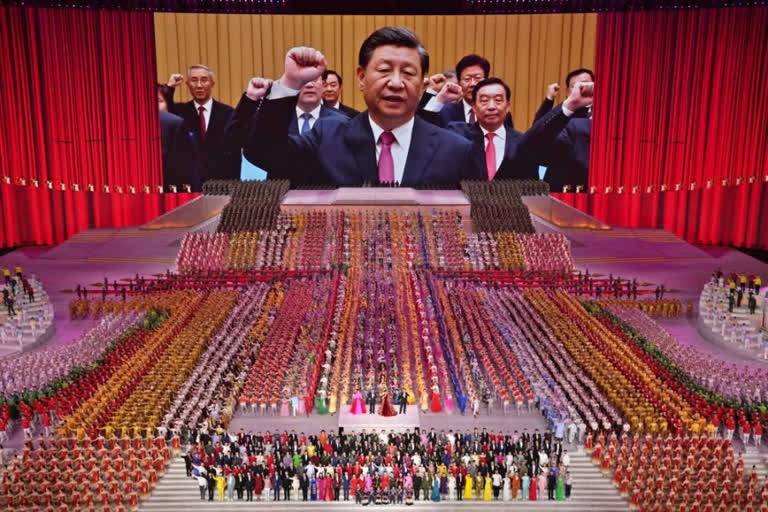New Delhi: Known to adhere to ancient wisdom for application in the modern world, China has taken recourse to a 2,500-year-old thought that is attributed to 6th century BC thinker Confucius by developing ‘Xiaokang’ societies that will also serve the purpose of settling thorny border issues with India by buttressing the land frontier.
‘Xiaokang’ means all-inclusive and ‘moderately prosperous’ societies where people are free from want and toil.
But for the about 3,500-km-long border with India that straddles one of the world’s most difficult and remote regions across the Karakorum and the mighty Himalayas, China had executed the ‘Xiaokang’ village plan.
Facing problems of depopulation and scanty habitat along its troublesome and blurry border facing India—from Ladakh in the west to Arunachal Pradesh in the east—China, since 2017 had been relentlessly pursuing a ‘Xiaokang’ village policy.
China’s border village plan comprised setting up 628 well-laid out modern villages across 21 border counties to be populated by about 62,160 households with a total of about 241,835 people in the Tibetan frontier that stretches from Ngari, across Ladakh, to Nyingchi, across Mechuka in Arunachal Pradesh to Myanmar.
Also read: Shifting goalposts, one-sided views of concern hurdles in India-China ties: Envoy
Till last year, 604 villages had been constructed at a cost of 30 billion yuan ($4.6 billion) with 24 expected to be completed in 2021 itself. The money has been drawn from Tibet Autonomous Region’s (TAR) departments of border defence, public security, and poverty alleviation.
Down further south across the Himalayas, India’s border stretches continue to face the growing problem of thinning populations as more and more people migrate to lower altitude areas and urban centres.
With the thrust of development petering out as it ascends towards the India-China border, from Himachal Pradesh to Arunachal Pradesh, there is a thinning out of the border population that comes down to the lower heights to seek better opportunities.
While border development plans have been activated by the Indian government, the effort pales out compared to the ambitious plan the Chinese have embarked upon.
Already the eastern Ladakh region is witnessing unprecedented military mobilization with the total deployment of about 1,00,000 soldiers by the two sides after a border row erupted in April-May 2020.
Besides a border that is not demarcated at many stretches, China also lays claim to Arunachal Pradesh which it calls ‘Southern Tibet’ making it a possible flashpoint for a future confrontation.
Settlers in ‘Xiaokang’ villages in the Tibetan-inhabited region will also be able to keep an eye on activities by supporters of the Dalai Lama, Tibetan Buddhism’s spiritual leader who lives in exile in India.
Also read: China's factories, households grapple with power cuts
China vehemently denies charges that the purpose of settling people in ‘Xiaokang’ villages is to enable them to become the ‘eyes and ears’ of Beijing and be border sentinels against India.
An article in the Chinese-government mouthpiece ‘Global Times’ on Monday refuted charges of these villages being “intelligence operations” and noted that the hyping of the border issue is a way “to divert attention away from (Indian) domestic conflicts”.



